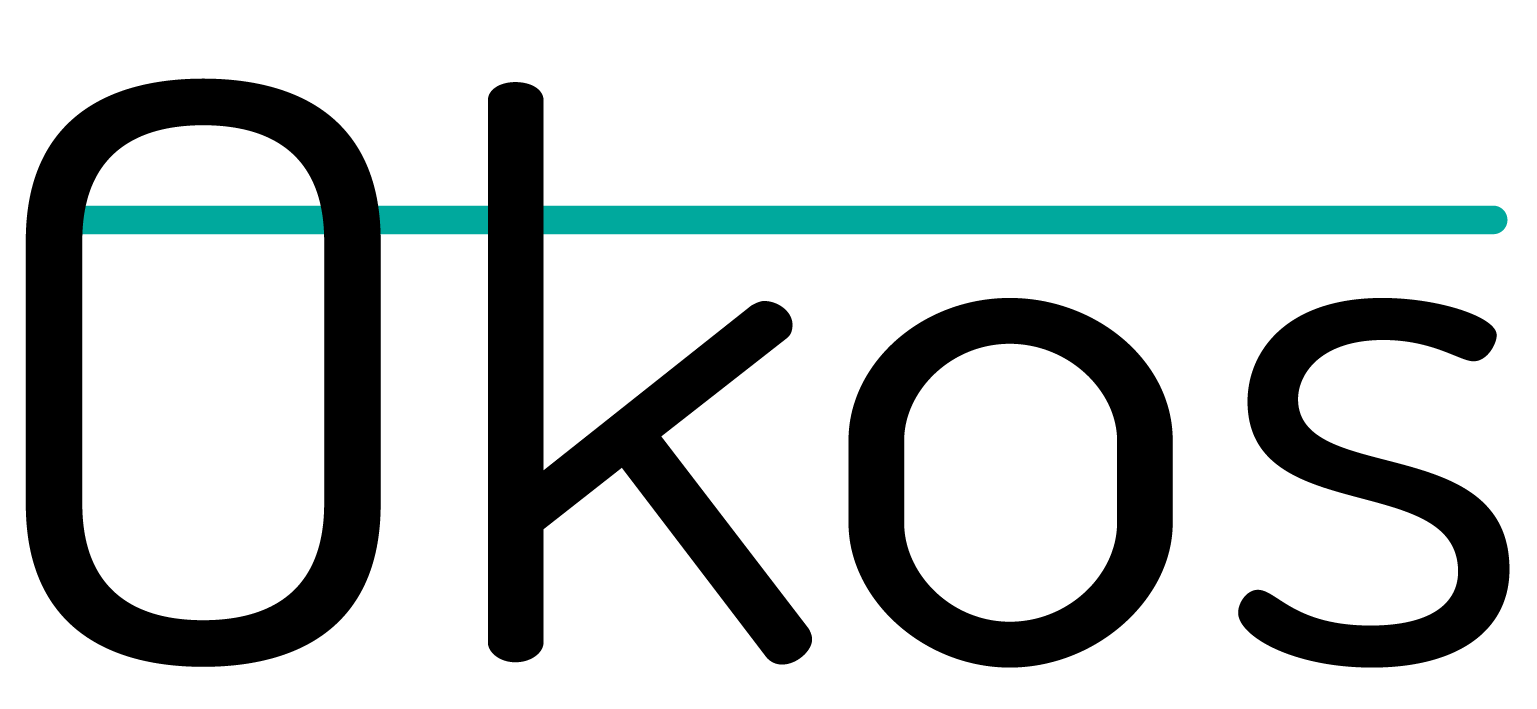Articles
The Roadmap to Long-Term Workforce Development Planning: Part 3
If your company is experiencing high turn-over rates, that indicates there is a break down in the system and it’s important to pinpoint what is going wrong in order to find a solution.
The Roadmap to Long-Term Workforce Development Planning: Part 2
To be successful in workforce development and long-term planning, leaders must get department heads, managers, and supervisors involved.
The Roadmap to Long-Term Workforce Development Planning: Part 1
Workforce development—recruiting, training, promoting, and retaining—could be a complex system for company leadership to build and maintain. But broken into components, it’s a series of simplified building blocks for the future.
How Company Culture Impacts the Labor Shortage
How is the construction industry going to support an additional $110 billion dollars in infrastructure funds over the next five years? Some will argue that technology, artificial intelligence, and automation are the way of the future. And while they aren’t wrong, technology isn’t the only solution.
Workforce Development 2.0
Those millions of workers on the sidelines will eventually re-enter after taking a break and mentally healing from many years of running solo in the rat race. But, when they do, they’ll quickly learn that they are no longer on their own, it’s a team sport now—whether working remotely or in the office. The mental well-being and productivity of teams is more important than ever before.
Where Did Everyone Go?
Where did everyone go, we ask? As the pandemic-induced recession fades, fewer people than expected returned to jobs they previously held. If there are few or no intrinsic rewards, no amount of money will keep people around or lure them back.
One Idea for How to Keep Those Hard-To-Find People
Hiring and retention are a single system, not separate processes. The all-too-pervasive attitude of, “Let’s just get them in here and we’ll figure out how to keep them later,” is a wasted opportunity that costs companies dearly.
Recruit. Train. Develop. Repeat.
Workforce development encompasses four key areas—recruitment, assessment, training, and leadership management. Organizations that only focus on one or some of these areas will never fully solve their skilled workforce challenges.
Technology’s Role in Construction and Manufacturing Job Growth
According to 2019 JBKnowledge ConTech Report, 75% of contractors are unable to find workers who are able to operate new technology, and 40% of firms say they lack the staff to support new technology.
Support Systems Important to Second-Chance Hiring Programs
With the shortage of skilled laborers looming, companies should be aware of a key demographic they might be missing in their recruitment efforts. Through initiatives like the second-chance hiring program companies are able to successfully hire and retain employees with criminal records.
Parents Prefer Work-Based Learning or Apprenticeships for their Kids
“The idea that individuals have to go to a four- year college to be successful or continue on a formalized education route is slowly changing,” says Dan Belcher at NCCER. And that’s good news.
What Does Your Company’s Culture Have to do With Workforce Development?
Organizations with positive cultures have engaged, productive employees who feel respected, valued, and invested. They have lower turnover, more innovation, and better ability to hire based on their reputation.
Five Questions That Lead to Commitment, Engagement, and Accountability
Who is accountable? Safety compliance is paramount to the success of the operation and the lives of the people working within it.
Improve Safety by Leading from the Inside Out
In the construction and utilities industries, safety compliance is paramount to the success of the operation and the lives of the people working within it. The difference between compliance and commitment comes down to authentic leadership.
Uncovering Blind Spots to Differentiate Your Brand
Brand passion and confidence can create blinds spots that expose flawed thinking, missed opportunities, and poor decision-making. How can business owners use balanced passion and confidence to capitalize on opportunities and address the needs their brand requires for success?
Making Market Visits More Effective
Face-to-face meetings within your distribution network offer vital local data and the opportunity to build a rapport you may never get by only talking on the phone or using email and texts to communicate. It’s important to use each one to leverage relationships and the vital information you receive.
Uncovering Your Distributor’s Critical Success Factors
The challenge is, how do you find out what is most important to your distributor, how do you leverage this information, and what benefit will it yield you? These steps will lead you to a better understanding of your distributor and the ability to position your business as a partner.
The Leadership Initiative: Utilities Industry
Okos engaged the senior management team in a process to refine and tightly focus the strategic plan, surfacing issues related to aging infrastructure replacement, decision-making, and workforce productivity that were not being addressed by the current plan.
Winning Distributor Attention
There are over nine thousand wineries in the US selling countless brands. Pushing this ocean of product through the chaos of a quickly changing and ever-consolidating distribution network poses monumental challenges for all suppliers and distributors alike.










